In a nutshell, trainers, teachers, and learning management systems train or teach students and share information online. Students can utilize their phones, tablets, laptops, and other gadgets to access information and courses from remote locations such as homes, cafes, offices, and others. They do not need to visit university campuses or training centers. All they need is one of the aforementioned electronic devices and internet connectivity. The following sections detail the process in which distance learning works:

Signing up for distance learning courses or degree programs
Many universities offering distance learning courses have basic entry requirements regarding academic background and work experience. They verify applications based on their entry requirement criteria and select candidates accordingly. Once verification is carried out, students can apply for the courses.
Availing planners and other resources
Before distance learning begins, universities and course providers provide login details, timetables, planners, dashboards, course guidelines, and other necessary information. In addition, they provide access to online libraries and study materials such as journals, eBooks, and others to download. Moreover, they provide information regarding online forums and platforms for seamless communication between tutors and students.
They also recommend the software and apps that need to be downloaded. According to the Digital Learning Pulse Survey 2021, 68% of students agreed that they want to see greater utilization of technology in online classes.
Teaching and conducting courses
The online courses and degree programs are divided into modules. These modules deliver the lessons, carried out in various ways. For example, in traditional classroom-based training, a tutor will conduct lectures, utilize boards, give presentations, and conduct interactive programs to deliver teaching.
On the other hand, learning management systems have interactive and engaging e-learning modules with no in-person tutor. Instead, lessons are delivered through pre-developed programs containing information, questionnaires, videos, audio, and animations.
E-learning modules conduct group discussions and seminars to ensure interactive learning. They take place through video calls, audio calls, and online forums. Sometimes, tutors and courses may ask students to refer to study materials such as eBooks, films, documentaries, journals, and other resources that are provided.
According to the Digital Learning Pulse Survey 2021, more than two-thirds of survey respondents said they would like to take courses in a combination of online teaching and in-person teaching.
Conducting online examinations
Every distance learning online course has a different way of examining students. In the traditional examination model, students must visit exam centers, university campuses, or training centers to give examinations. However, online tests can be given through web-enabled devices such as laptops, tablets, personal computers, and phones. They are paperless and provide results
as soon as they are completed. Students can utilize their own devices to conduct examinations. However, in some cases, students need to visit authorized exam centers.
There are different ways in which online examinations in distance learning work. Many courses conduct assessments after each module to determine whether students are keeping up with ongoing lectures. Assessments are conducted in the form of quizzes, a series of questions, and short examinations. These assessments need to be completed within a given timeframe. Students need to obtain marks above the passing level set by course providers and if they are unable to score above the minimum level, they can reappear.
On the other hand, many courses conduct examinations at the end of the course or on pre-determined dates. For this, students must set aside time from their schedule and attend the examination.
Rapid result generation is one of the significant advantages of online examinations. Students can know their marks instantly after the completion of the examination. However, some courses and universities deliberately announce the scores later if the volume of students is high and the scores impact the future course of action.
To ensure the integrity of online exams, organizations need a robust online examination platform with online proctoring tools. Mercer | Mettl’s Online Examination Platform is one such tool, with end-to-end exam management capabilities, excellent security along with proctoring abilities. The platform facilitates institutes, universities, and corporate organizations in conducting online examinations with ease and at an unprecedented scale.









 Behavioral Competencies
Behavioral Competencies Cognitive Competencies
Cognitive Competencies Coding Competencies
Coding Competencies Domain Competencies
Domain Competencies















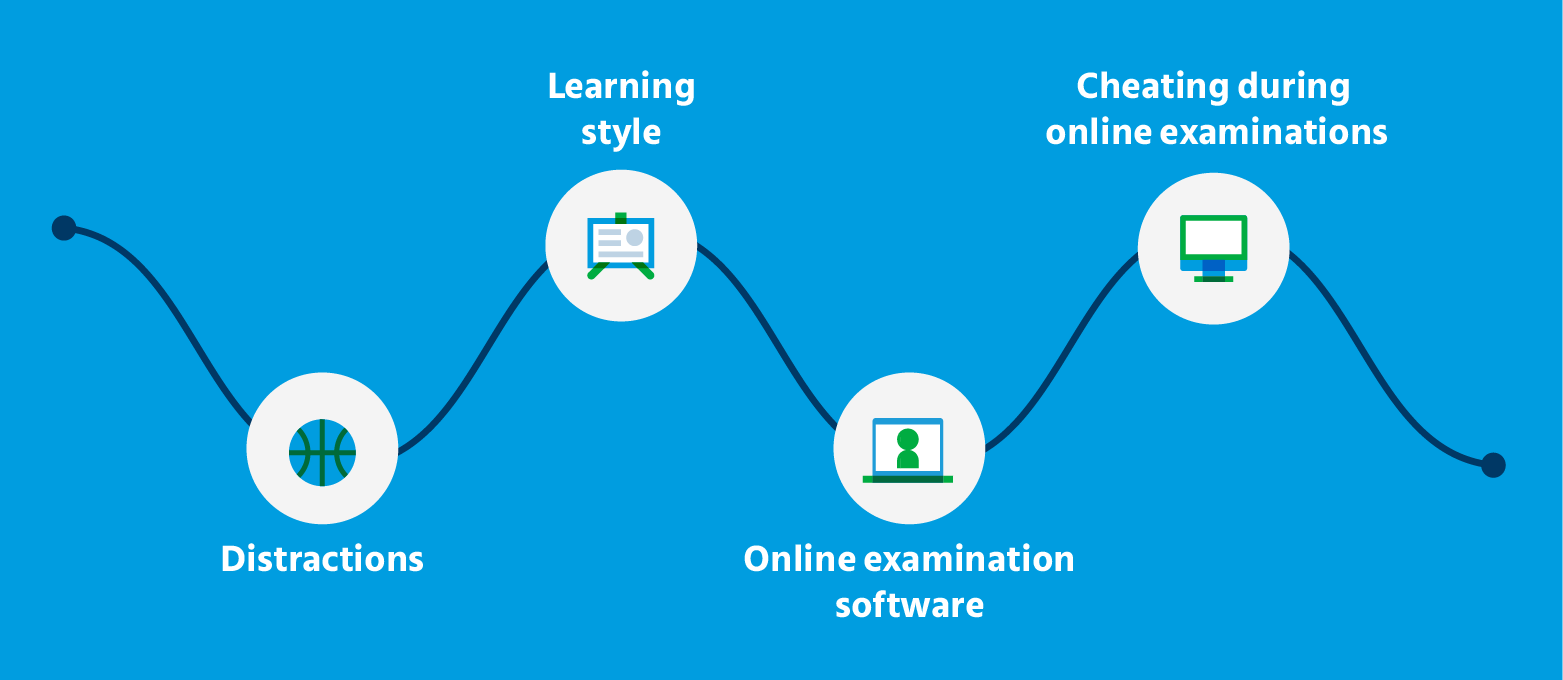



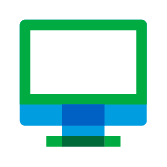




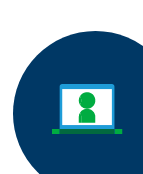
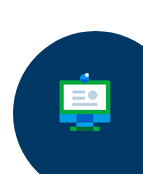



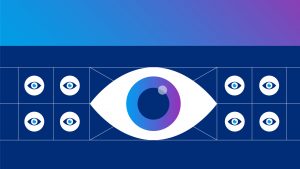
Would you like to comment?